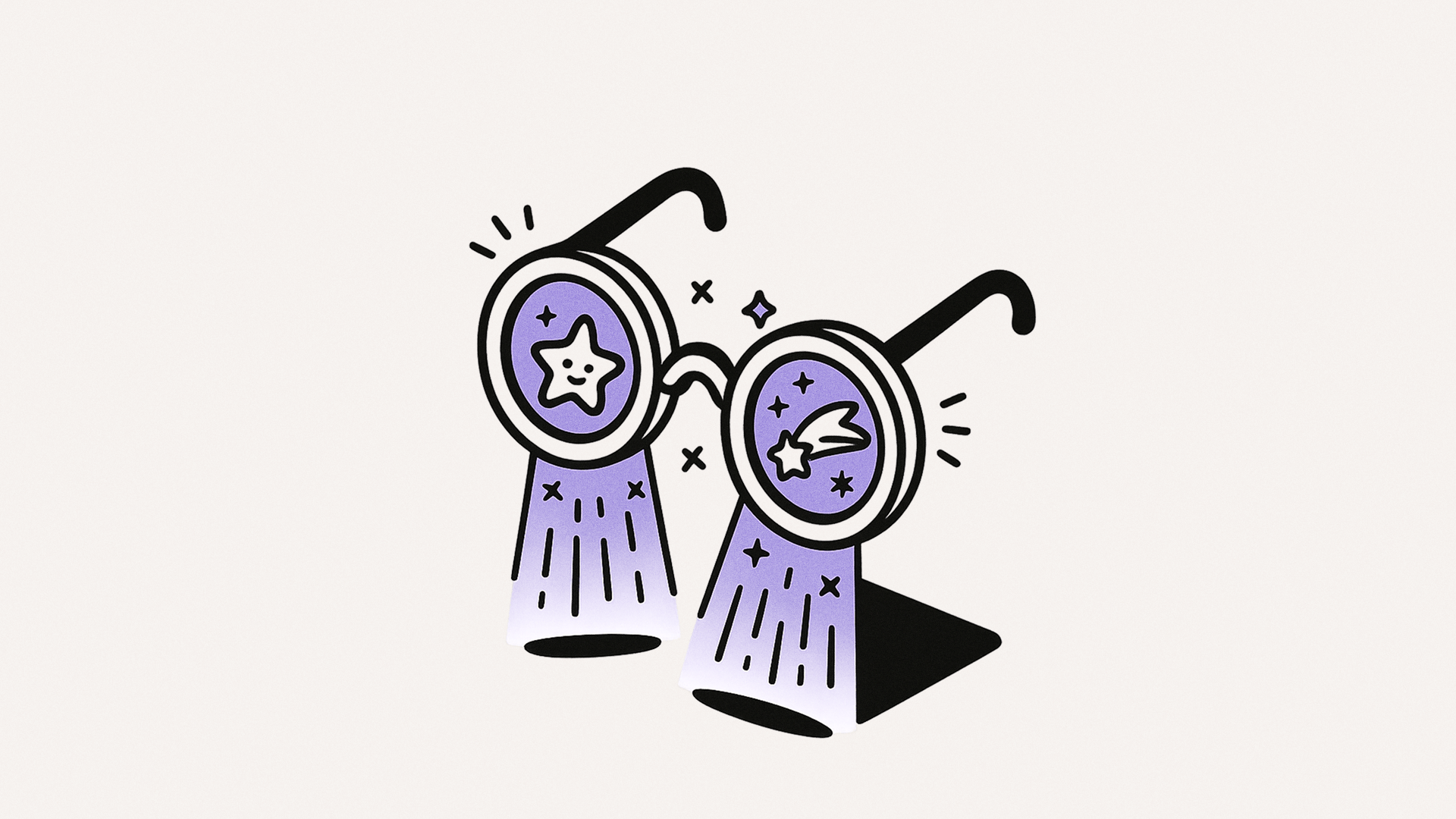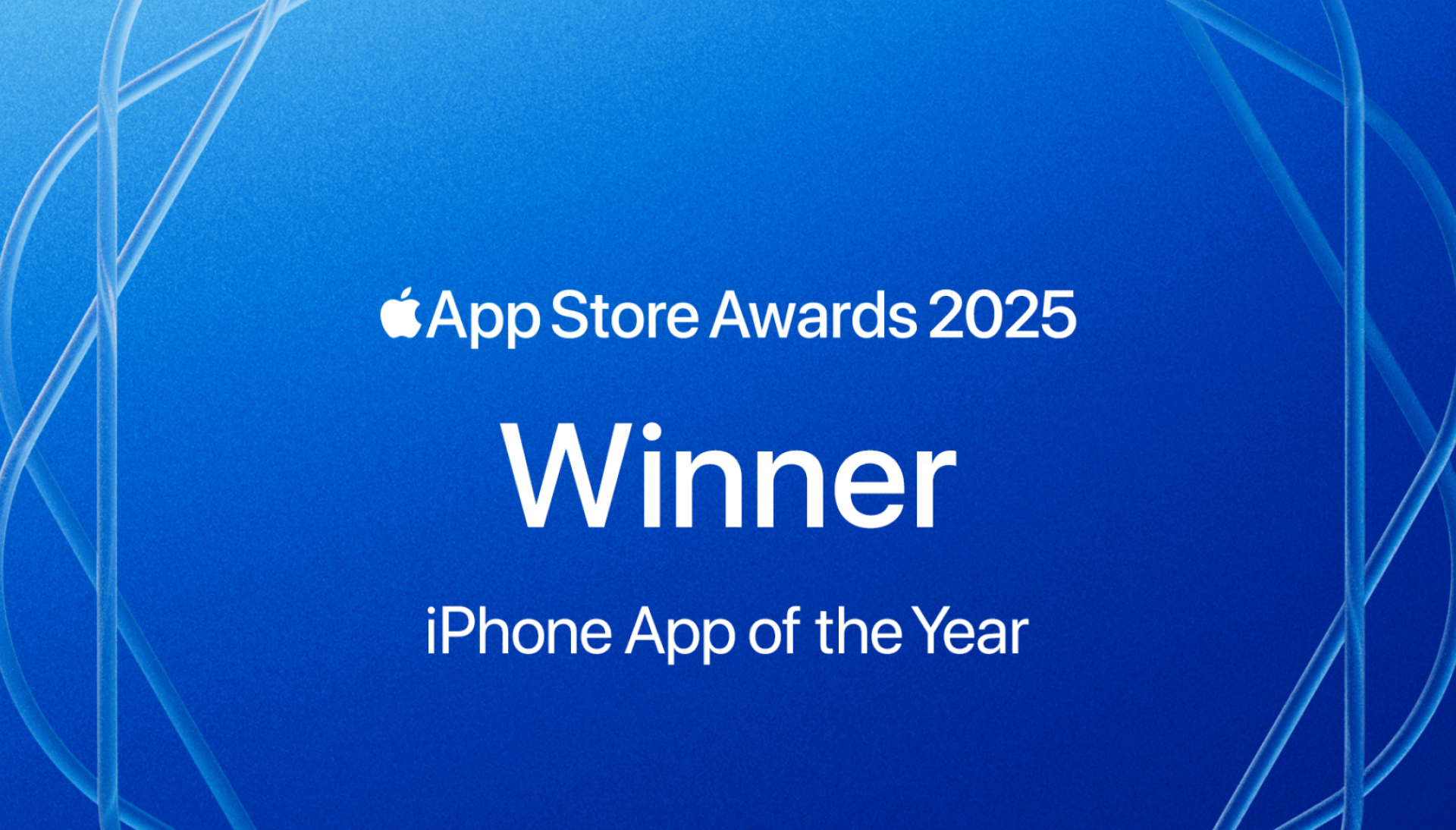Gamifying tasks with ADHD: Why it works and how to start
Gamification can make tasks feel more engaging and doable for ADHD brains by tapping into motivation, rewards, and executive functioning support.
Gamification can make tasks feel more engaging and doable for ADHD brains by tapping into motivation, rewards, and executive functioning support.
At its core, gamification involves applying game-design elements in non-game contexts. Think of it as turning everyday tasks into mini-games, complete with rewards, challenges, and progress tracking.For the ADHD brain, which often craves stimulation and immediate rewards, gamification can be a game-changer (pun intended). It taps into the brain's reward centers, making tasks more engaging and, consequently, more achievable. This concept has been at the core of Tiimo’s design since its conception in 2015.
The ADHD brain is wired differently. It often seeks immediate gratification, which can sometimes lead to procrastination, especially when rewards are distant or tasks seem tedious. Gamification bridges this gap by providing instant feedback and rewards, thereby increasing motivation and focus. By turning tasks into challenges or games, individuals with ADHD can find themselves more invested in the outcome, leading to better task completion rates.
One of the foundational principles of any game is having a clear objective. Similarly, when gamifying tasks, it's crucial to have clear, achievable goals. For instance, instead of vaguely wanting to"read more," set a goal to "read 10 pages every day." This clarity can make the task feel more like a game where you're trying to achieve a specific score.
To further enhance this, break down larger tasks into smaller, game-like challenges. If you have a project due in a week, set daily challenges for yourself. Day one could be brainstorming, day two for outlining, and so on. Each completed challenge brings you closer to 'winning' the game.
The ADHD brain can sometimes struggle with time perception, making time management techniques crucial. One popular method is the Pomodoro Technique, where you work intensively for 25 minutes and then take a 5-minute break. To gamify this, challenge yourself to complete a specific task within that 25-minute window. As you progress, you can adjust the time or increase the challenge, turning it into a race against the clock.
In today's digital age, several tools and apps can assist in gamifying your ADHD management. One such tool that stands out is EndeavorOTC, the game-based treatment scientifically designed and clinically proven to improve ADHD and focus in adults. This is a digital treatment—it’s built with the same technology behind EndeavorRx, the world’s first U.S. FDA-authorized prescription video game treatment for pediatric ADHD.
EndeavorOTC takes players on an exciting journey where they navigate various challenges while activating and strengthening the areas of the brain associated with attention and focus. The real magic lies in its design, which is rooted in rigorous scientific research. As players navigate the game, the game essentially changes how your brain functions by having you complete multiple tasks competing for your attention and simultaneously scaling the difficulty level as you play, both of which are designed to help you improve cognitive function and treat ADHD-related symptoms.
While ADHD presents its challenges, innovative solutions like gamification can make task management more engaging and effective. By setting clear goals, incorporating time management techniques, and utilizing tools like EndeavorOTC, individuals with ADHD can harness their unique brain wiring to their advantage.
So, why not turn life's challenges into a game and play to win?
Gamification can make tasks feel more engaging and doable for ADHD brains by tapping into motivation, rewards, and executive functioning support.
At its core, gamification involves applying game-design elements in non-game contexts. Think of it as turning everyday tasks into mini-games, complete with rewards, challenges, and progress tracking.For the ADHD brain, which often craves stimulation and immediate rewards, gamification can be a game-changer (pun intended). It taps into the brain's reward centers, making tasks more engaging and, consequently, more achievable. This concept has been at the core of Tiimo’s design since its conception in 2015.
The ADHD brain is wired differently. It often seeks immediate gratification, which can sometimes lead to procrastination, especially when rewards are distant or tasks seem tedious. Gamification bridges this gap by providing instant feedback and rewards, thereby increasing motivation and focus. By turning tasks into challenges or games, individuals with ADHD can find themselves more invested in the outcome, leading to better task completion rates.
One of the foundational principles of any game is having a clear objective. Similarly, when gamifying tasks, it's crucial to have clear, achievable goals. For instance, instead of vaguely wanting to"read more," set a goal to "read 10 pages every day." This clarity can make the task feel more like a game where you're trying to achieve a specific score.
To further enhance this, break down larger tasks into smaller, game-like challenges. If you have a project due in a week, set daily challenges for yourself. Day one could be brainstorming, day two for outlining, and so on. Each completed challenge brings you closer to 'winning' the game.
The ADHD brain can sometimes struggle with time perception, making time management techniques crucial. One popular method is the Pomodoro Technique, where you work intensively for 25 minutes and then take a 5-minute break. To gamify this, challenge yourself to complete a specific task within that 25-minute window. As you progress, you can adjust the time or increase the challenge, turning it into a race against the clock.
In today's digital age, several tools and apps can assist in gamifying your ADHD management. One such tool that stands out is EndeavorOTC, the game-based treatment scientifically designed and clinically proven to improve ADHD and focus in adults. This is a digital treatment—it’s built with the same technology behind EndeavorRx, the world’s first U.S. FDA-authorized prescription video game treatment for pediatric ADHD.
EndeavorOTC takes players on an exciting journey where they navigate various challenges while activating and strengthening the areas of the brain associated with attention and focus. The real magic lies in its design, which is rooted in rigorous scientific research. As players navigate the game, the game essentially changes how your brain functions by having you complete multiple tasks competing for your attention and simultaneously scaling the difficulty level as you play, both of which are designed to help you improve cognitive function and treat ADHD-related symptoms.
While ADHD presents its challenges, innovative solutions like gamification can make task management more engaging and effective. By setting clear goals, incorporating time management techniques, and utilizing tools like EndeavorOTC, individuals with ADHD can harness their unique brain wiring to their advantage.
So, why not turn life's challenges into a game and play to win?
Gamification can make tasks feel more engaging and doable for ADHD brains by tapping into motivation, rewards, and executive functioning support.
At its core, gamification involves applying game-design elements in non-game contexts. Think of it as turning everyday tasks into mini-games, complete with rewards, challenges, and progress tracking.For the ADHD brain, which often craves stimulation and immediate rewards, gamification can be a game-changer (pun intended). It taps into the brain's reward centers, making tasks more engaging and, consequently, more achievable. This concept has been at the core of Tiimo’s design since its conception in 2015.
The ADHD brain is wired differently. It often seeks immediate gratification, which can sometimes lead to procrastination, especially when rewards are distant or tasks seem tedious. Gamification bridges this gap by providing instant feedback and rewards, thereby increasing motivation and focus. By turning tasks into challenges or games, individuals with ADHD can find themselves more invested in the outcome, leading to better task completion rates.
One of the foundational principles of any game is having a clear objective. Similarly, when gamifying tasks, it's crucial to have clear, achievable goals. For instance, instead of vaguely wanting to"read more," set a goal to "read 10 pages every day." This clarity can make the task feel more like a game where you're trying to achieve a specific score.
To further enhance this, break down larger tasks into smaller, game-like challenges. If you have a project due in a week, set daily challenges for yourself. Day one could be brainstorming, day two for outlining, and so on. Each completed challenge brings you closer to 'winning' the game.
The ADHD brain can sometimes struggle with time perception, making time management techniques crucial. One popular method is the Pomodoro Technique, where you work intensively for 25 minutes and then take a 5-minute break. To gamify this, challenge yourself to complete a specific task within that 25-minute window. As you progress, you can adjust the time or increase the challenge, turning it into a race against the clock.
In today's digital age, several tools and apps can assist in gamifying your ADHD management. One such tool that stands out is EndeavorOTC, the game-based treatment scientifically designed and clinically proven to improve ADHD and focus in adults. This is a digital treatment—it’s built with the same technology behind EndeavorRx, the world’s first U.S. FDA-authorized prescription video game treatment for pediatric ADHD.
EndeavorOTC takes players on an exciting journey where they navigate various challenges while activating and strengthening the areas of the brain associated with attention and focus. The real magic lies in its design, which is rooted in rigorous scientific research. As players navigate the game, the game essentially changes how your brain functions by having you complete multiple tasks competing for your attention and simultaneously scaling the difficulty level as you play, both of which are designed to help you improve cognitive function and treat ADHD-related symptoms.
While ADHD presents its challenges, innovative solutions like gamification can make task management more engaging and effective. By setting clear goals, incorporating time management techniques, and utilizing tools like EndeavorOTC, individuals with ADHD can harness their unique brain wiring to their advantage.
So, why not turn life's challenges into a game and play to win?


Sometimes you don't have the time or energy to learn new strategies to succeed. That's why we present three simple micro-strategies to help you get things done, when you are feeling overwhelmed and defeated.

Being productive isn’t always about doing more. It’s about managing your energy. This article explains why a short, daily check-in with your brain’s battery matters. Like your phone needs to be charged, your brain needs it too.

Tiimo has been awarded the iPhone App of the Year at the 2025 App Store Awards, an honor given to only a select group of products each year. This post looks back at the learnings that have shaped the last decade of our journey.